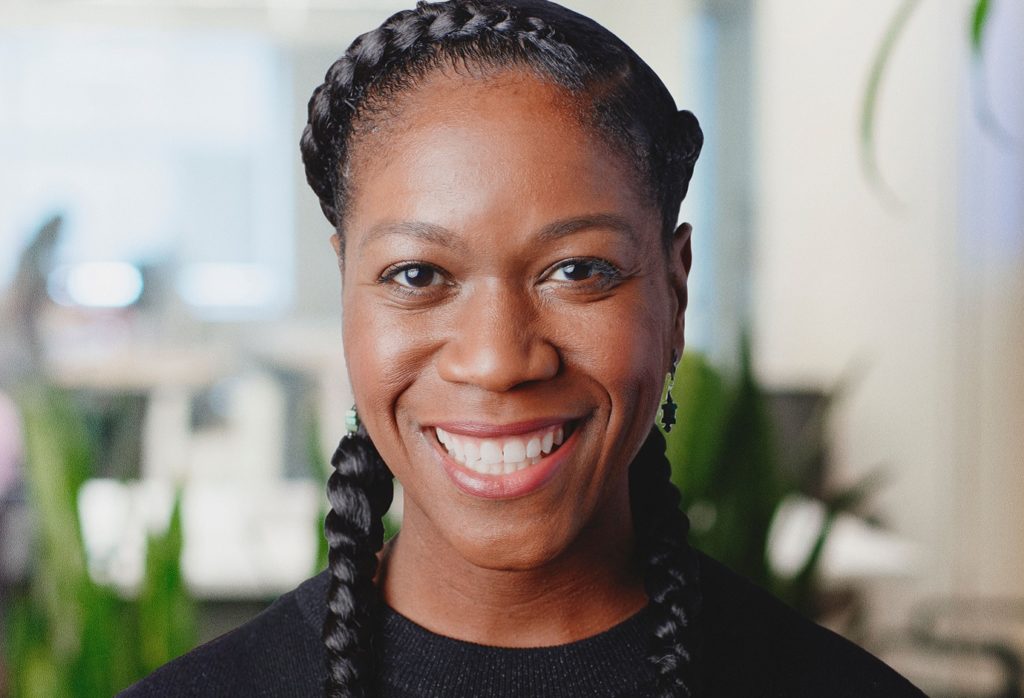Over the past 15 years, diversity, equity and inclusion (DEI) has evolved slowly from a ‘nice-to-have’ function of human resources to a rising company-wide priority.
Then in June 2020, the global groundswell as a result of the Black Lives Matter protests caused businesses to re-examine their priorities. Suddenly demand for DEI leaders was at an all-time high and it appeared as though we might be on the precipice of real change.
Today, however, while we’ve seen some pockets of innovation here and there, the world of corporate DEI continues to do the same thing over and over, expecting a different set of outcomes.
So it’s time for a new approach to corporate diversity, equity and inclusion.
At my company Twilio, that means applying antiracism as a lens to reimagine and deepen our DEI strategy.
Why antiracism and what does it mean?
Ibram X. Kendi, author of ‘How to Be an Antiracist,’ put it best: “Being antiracist results from a conscious decision to make frequent, consistent, equitable choices daily. These choices require ongoing self-awareness and self-reflection as we move through life … Being racist or antiracist is not about who you are; it is about what you do.”
Though the term ‘antiracism’ is most widely used in the United States and specifically refers to race, it speaks to something universal: the necessity of ongoing and conscious action to challenge and redistribute power and move toward equity.
In my business, we are educating our team on how the principles of antiracism, which extends to anti-oppression and anti-bias, serve all communities and address all forms of oppression. In Australia, this would include preventing discrimination, and improving equality across gender, ethnicity, colour, sexual orientation, age and disability. Across the company, we are also embracing deep, practical shifts that will allow us to embed antiracism in how we operate and hopefully inspire other companies to do the same.
Below are the three shifts that have made the biggest impact to our work so far:
1. Ensuring DEI is seen as a business priority, not a side hustle
The most impactful way to prioritise DEI and enable antiracism is to structure your company accordingly.
Give your DEI leader a seat at the executive table. Have your chief diversity officer report directly to the CEO, so that all business decisions are made with an equity lens.
Such moves can help DEI from being siloed as just part of the HR, Communications or People team (though alignment with People team strategy is critical). DEI must be seen as a vital, company-wide strategy. This creates the infrastructure for antiracism to be practiced throughout the organisation as a framework for DEI allowing us to embed antiracism in our yearly business objectives and our culture.
We’ve incorporated the idea of antiracism – Be Antiracist – into our refreshed corporate values so that it can thrive as a top-down, bottom-up initiative.
As Dr. Kendi wrote, antiracism is about making “frequent, consistent, equitable choices daily.” These choices won’t result in change overnight, but backed by the right structure and given time, they lay the foundation for change.
2. Moving beyond representation.
In the 2010s, corporate DEI hinged almost entirely on representational headcount data as a measure of ‘success.’
Today, we are broadening that focus to evaluate all stages of the employee lifecycle. Equity in action, not just equal headcount.
Day-to-day, when making decisions about our office and team locations, company-wide security policies or our approach to hybrid work; we apply an antiracist lens to promote as much equity as possible. These decisions impact our policies, which impact our employees, which ultimately impact how we deliver our best work for our customers. Of course, representation is important (especially at leadership levels), but real progress requires that we measure more than headcount quotas or moment-in-time data targets.
And now, speaking of data…
3. Use data to move, not prove.
Data should be used to help make decisions and evolve policies and practices, rather than as a means to pat ourselves on the back. Instead of reporting on what we did well, we used data to spotlight areas of opportunity that can or should be addressed.
For example, a consistent dip in promotion rates of women of colour would be a jumping-off point to look at manager effectiveness scores across women, and to re-evaluate promotion rates among that group. Those insights should then inform next steps toward a solution, whether that’s broadening leadership programs to support women of colour, or bolstering efforts to address a career advancement gap.
The path forward
When it comes to building an antiracist company, the best advice I can leave you with is to prepare for the long haul.
This is about ongoing action and education, and it starts with the individual. It will take time and patience to push through growth and change.
The playbook is being written as we speak, and we know there will be a lot of lessons learned in our journey forward. But in the spirit of constant, conscious action, we want to share what’s been working at Twilio as we look to shake up the old approach and build a new paradigm for corporate DEI.


